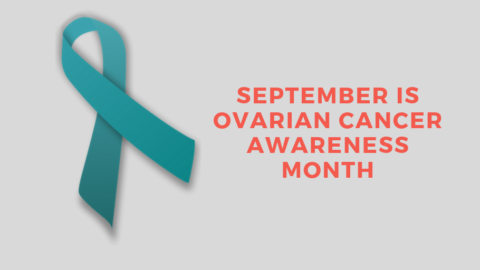I am a school nurse and public health activist living in Tacoma, Washington. I claim he/him/his pronouns. I emigrated here from Wales in the early 2000’s and I teach in a small urban serving campus that is part of the University of Washington.
Tacoma is a gritty port city with strong unions, diversity, and a can-do ethic. Our town is not without it’s own demons: there is an ample presence of contemporary and historical racism, redlining, and environmental injustice; but there is also a vibrant resistance to the structural inequities that work to bend us against our will.
The pandemic caught hold in our state with a breathless rapidity. Having watched it spread in other countries I had a foreboding that felt illogical in the midst of the rush of life in February. The day after the first confirmed death in Seattle I watched a performance of August Wilson’s “Jitney” in a crowded theatre. I felt so uncomfortable listening to people’s coughs that I new it was time to change my plans and prepare for isolation.
The day when classes were cancelled, I learned of the sudden death (from pneumonia) of a friend who was a key-stakeholder in organizing school nurses for our county. He was my age. School nurses hold an important frontline in addressing the fallout from COVID19. They promote health to children and families through their integration of public health and primary care practice, with special attention to health inequities. And now our unity was threatened.
Things were starting to come adrift in other parts of my universe; schools were closing and the families of the Latinas in my weekly writing group were being laid off from construction and service industry work.
We met in-person one last time and prepared for online conferencing: We loaned each other laptops; and practiced on our cell phones.
We selected our weekly writing assignment, employing the action inquiry prompts of “vemos, juzgamos, actuamos” (see, judge, act) to the problems of the coronavirus. On our first video meeting the next week, the women shared that the schools were sending buses out to hand out work for the students, but that the instructions were all in English; the news was terrifying their neighbors; people were staying home and not exercising; people were going hungry; and they were worried about the psychological effects of fear and isolation on their families.
In the following weeks and months we have continued to talk and write together.
I am developing new competencies in networking our various devices so that we can talk and (sometimes) view each other. I watch the trajectory of their lives through my screen: their children are becoming involved in our writing; their husbands have been able to return to their work as painters; and they are hearing from more friends who have been affected by virus.
Our conversations always flow between family behaviors and structural change. Their stories reflect the difficulties of managing life in a small trailer, their struggles to persuade family members that the risk of infection is real, the precariousness of wages, and the economic benefits for people in power. I am struck that our writing work is just a tiny contribution to the necessary knowledge we will need to rebuild a stronger community; and that this knowledge is embedded in the rich experiences of brave women who stand up for their families.
To me, the schools provide the most logical infrastructure for beginning the rebuilding of our communities through the months and years ahead as we figure out how to contain the virus. School nurses should be at the center of this work because they are located within the community; and have relationships with children and families of color such as the women I write with.
Yet school nurses have been underfunded and spread too thin for far too long. School nurses could expand bi-lingual health capacities for our communities; assure adequate nutrition and physical activity; address the multiple mental health concerns; and rebuild the infrastructure for case identification and immunization. This pandemic will continue to expose inequities in our health system; now is the time to invigorate existing and proven systems for public health promotion in our communities.
National Op-Eds
Asiodu, I., Evans-Agnew, R. A., Kneipp, S. (April 9, 2020). An Equal-Opportunity Virus in a Nation of Inequity. The Morning Consult.
Regional Op Eds
Evans-Agnew, R. A., Drevdahl, D. (April 19, 2020). Even if we get enough Coronavirus supplies, we don’t have enough nurses. Tacoma News Tribune, Tacoma, WA.
Read other blogs in this HPP special series
- COVID19 in Puerto Rico and more evidence of colonialism as a social determinant of health
- Public Health’s Call to Action
- Taking action in our communities: perspective from Peru
- Teaching the health education specialists of the future through a computer


